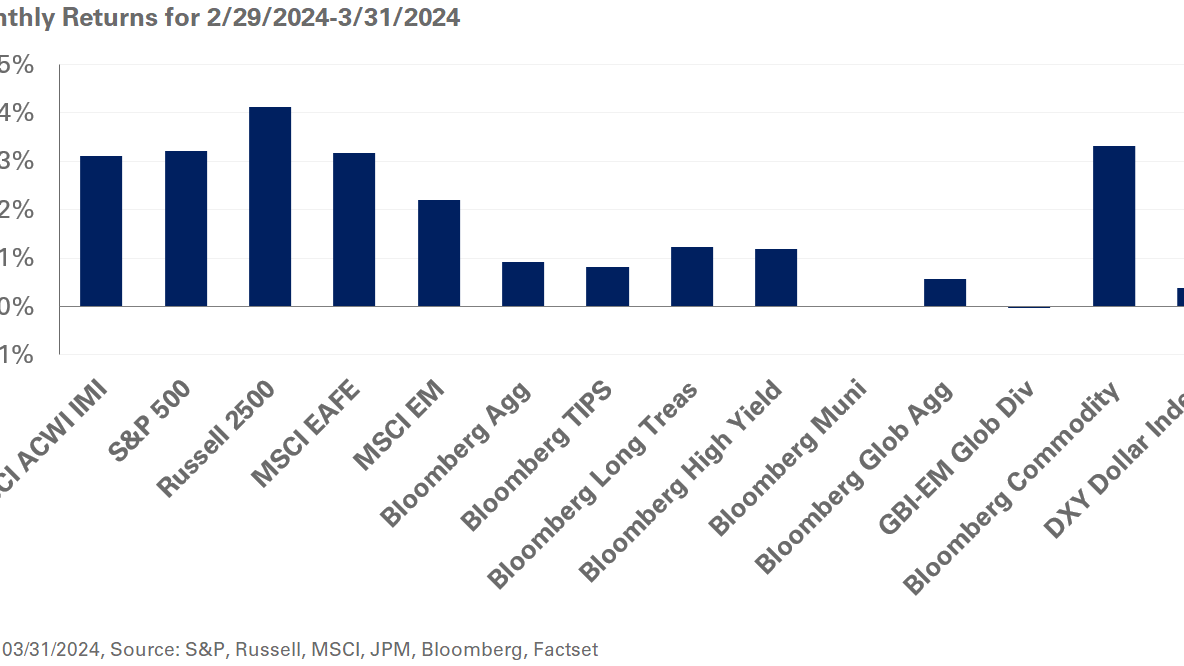Many NEPC clients accelerated contributions to their pension plans to take advantage of the higher tax deductions for 2017 plan years ahead of the September 15, 2018 deadline. The increase in assets through contributions and stock market returns through September have boosted the funded status of pension plans to levels not seen since 2007, with the average funding of an S&P 500 plan close to 91%, according to a study by Northern Trust Asset Management.
Increases in corporate bond rates also helped reduce plan liabilities by an estimated 0.4% for the third quarter, and 7.5% year-to-date, according to the FTSE Pension Liability Index.
Meanwhile, the Pension Benefit Guaranty Corporation (PBGC) recently published the expected increases in premiums for next year, as defined in the Bipartisan Budget Act of 2015. The flat premium rate for single-employer plans will be $80 per participant in 2019, compared to $74 in 2018. The variable-rate premium (VRP) for single-employer plans will be $43 per $1,000 of unfunded vested benefits, up from $38 in 2018; and the VRP per-participant cap has increased to $541, up from $523 this year.
That said, the increase in plan contributions has helped reduce plans’ unfunded liability which, in turn, will lower the required annual PBGC variable rate premiums.
Plans can also reduce plan liabilities through risk-transfer strategies. In fact, the increase in interest rates and the additional plan contributions make this an opportune time for some plans to pursue terminating or transferring their pension obligations, or settle into a hibernating de-risking strategy. NEPC’s Corporate Pension Solutions Group works closely with clients to determine a plan’s next steps to achieve its desired goals and objectives, in addition to constructing a glidepath and a Liability-Driven Investment (LDI) portfolio.



